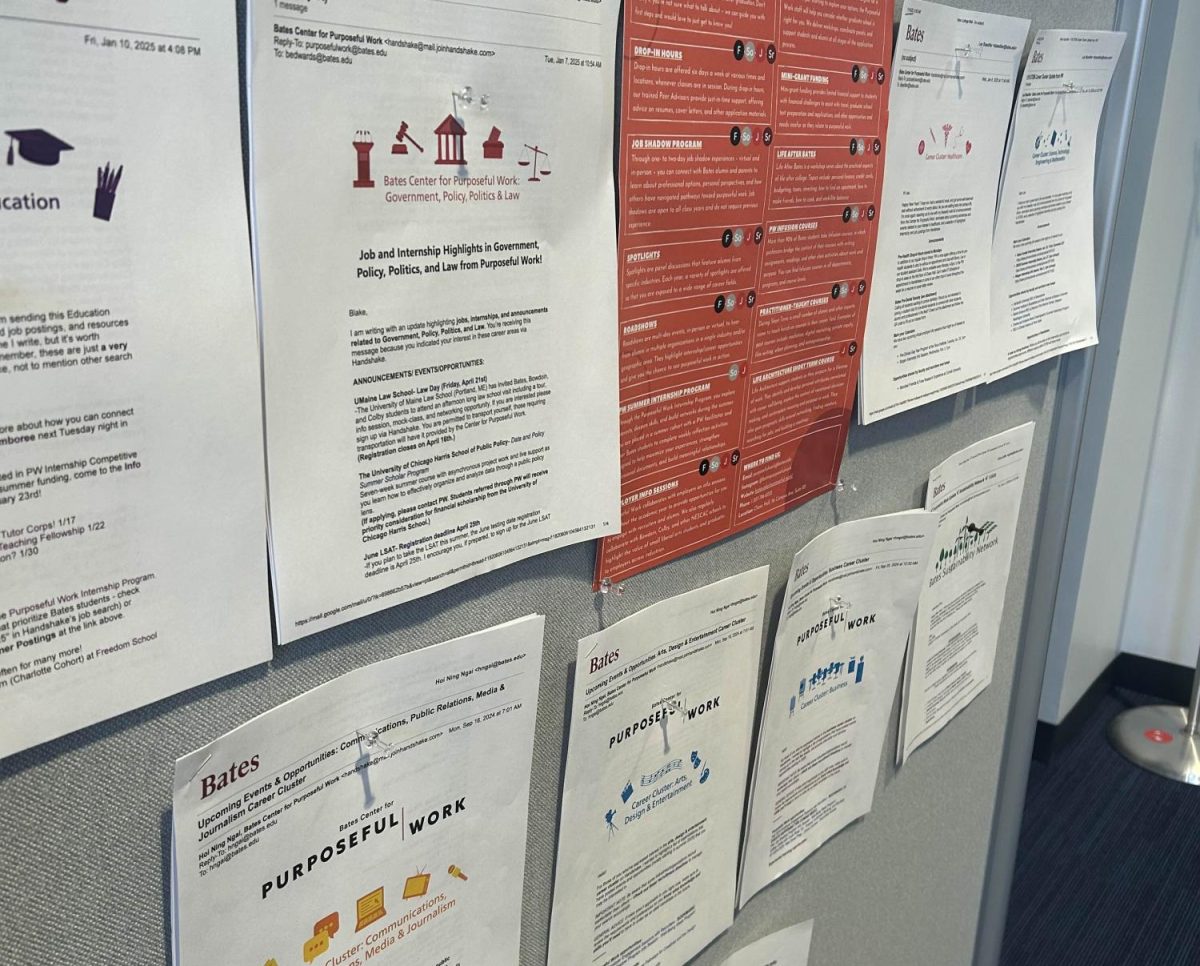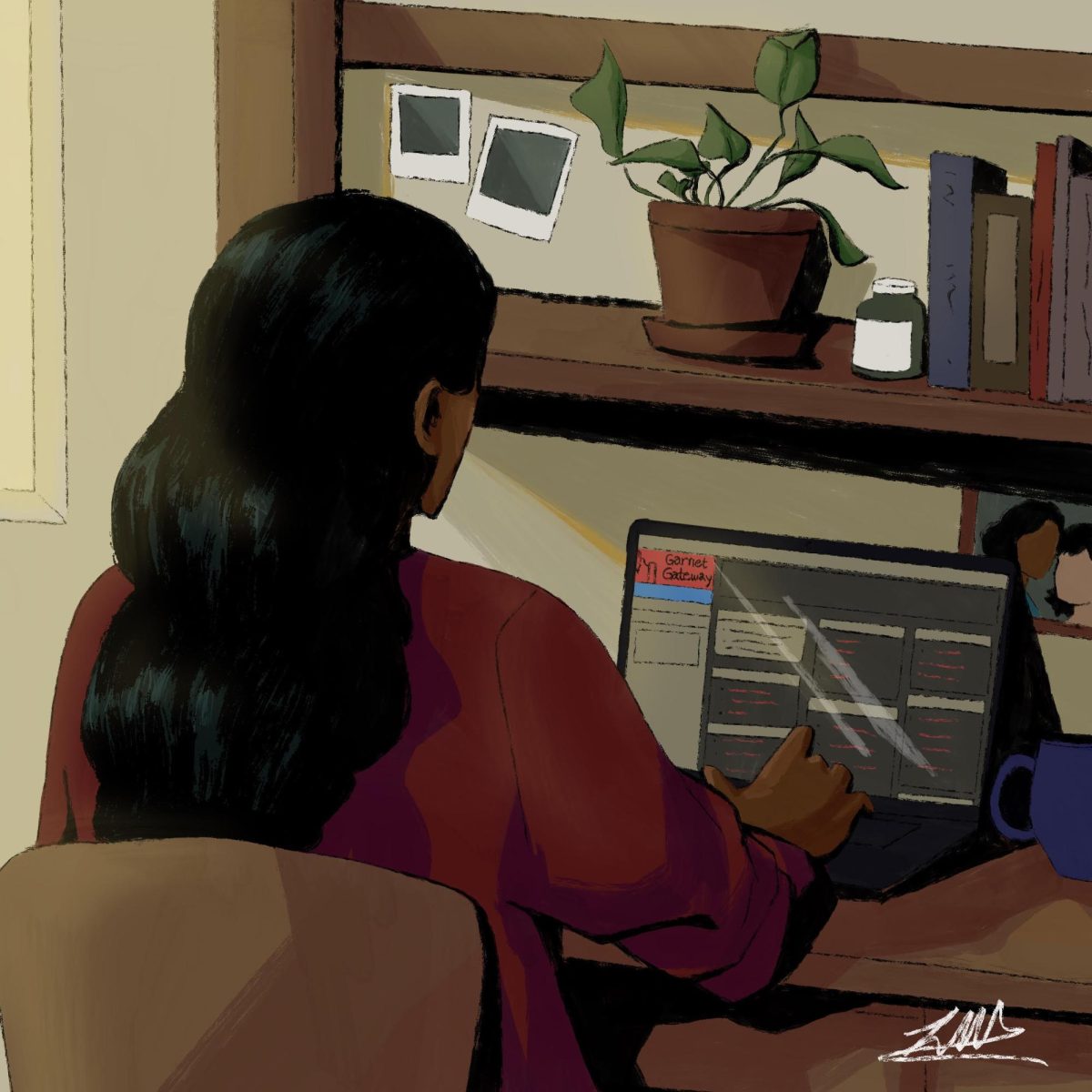In the countless politically-charged articles that graze my social media timelines daily, no word meets my eyes more than “polarizing.” Normally, the opinionated authors of these articles use this word to assess the evolving relationship between the Democrat and Republican Parties. But frankly, it now seems that we’ve lost sight of the polarizing nature that exists within the Democratic Party — one that could be said to have contributed to the victory of President Donald Trump in 2016.
In 2019, the way in which we maneuver relies significantly on narratives that force their way onto our screens. The arguments we bring to the table in our everyday political conversations typically revolve around articles and sources that we have most recently consumed. The trending topics make their way to the surface of our subconscious, making it difficult for the news of yesterday to compete with that of today. How does this all apply to a party that desires a do-over in the next election?
The media has carved out two separate lanes for Democratic candidates to follow: the “moderates” and the “radicals”. As human beings, it is only natural to simplify a race that already includes 20 candidates and counting, all of them hoping to face off against Trump. In order to make life easier for the average voter, news outlets shed light on a few candidates that satisfy each lane. The “radical” lane has largely been assumed by Senator Bernie Sanders, while the “moderate” lane has largely been headlined by former Vice President Joe Biden and Representative Beto O’Rourke, with Mayor Pete Buttigieg rising in attention. This is not to say other candidates do not receive media coverage, but it seems as though writers employed by many of the outlets we consume daily focus on these particular faces.
Several problems arise from this method of approach to the upcoming 2020 Election. First and foremost, the designation of these candidates as “radical” and “moderate” strips away their legitimacy and the platforms on which they are running, neglecting the changes they have expressed wanting to make if elected into the Oval Office. Elizabeth Warren is labeled a “radical,” placing her on the back burner while Bernie stands at the forefront following his campaign from 2016. However, because the media — and American citizens, as a consequence — paints Warren as following the same path as Sanders, it overshadows the fact that Warren proposes policies nearly every day that align with the values of the Democratic Party. The tendency of Americans to narrow our candidates down to a few measly labels limits our flexibility in considering all running.
This desire to cast away candidates as soon as they announce their 2020 run shows how short-sighted and divided we, Democrats, continue to operate as a party. We show no desire to hold off on expressing our allegiances, no desire to wait until we have educated ourselves on the platforms of all running, or to wait until they have formally debated each other. No, we solely focus on cracking this formula that results in the ultimate take down of 45…
And yet our party remains scattered in how we plan to achieve that.
My optimistic side assures me that I should not worry about the number of candidates running opposite Trump, and that whoever receives that nomination must be seen as more fit for presidency in the eyes of the American people. My uneasy side, however, calls back to 2016: the moment in which a woman whose credentials rivaled any former President of the United States fell at the hands of… well… someone with fewer credentials.
I do not have an answer for how this can be prevented from occurring a second time around; I merely encourage you all to step outside what our social media feeds us everyday and dig into which candidate(s) represent you best. Take the time to evaluate the potential future leaders of this nation, and understand that a bigger picture exists outside of the one New York Times op-ed you stumbled across on Facebook this morning.
Categories:
Democrats in Division
May 1, 2019
0
Donate to The Bates Student
$1500
$1500
Contributed
Our Goal
Your donation will support the student journalists of Bates College and help us cover our annual website hosting costs.
More to Discover







